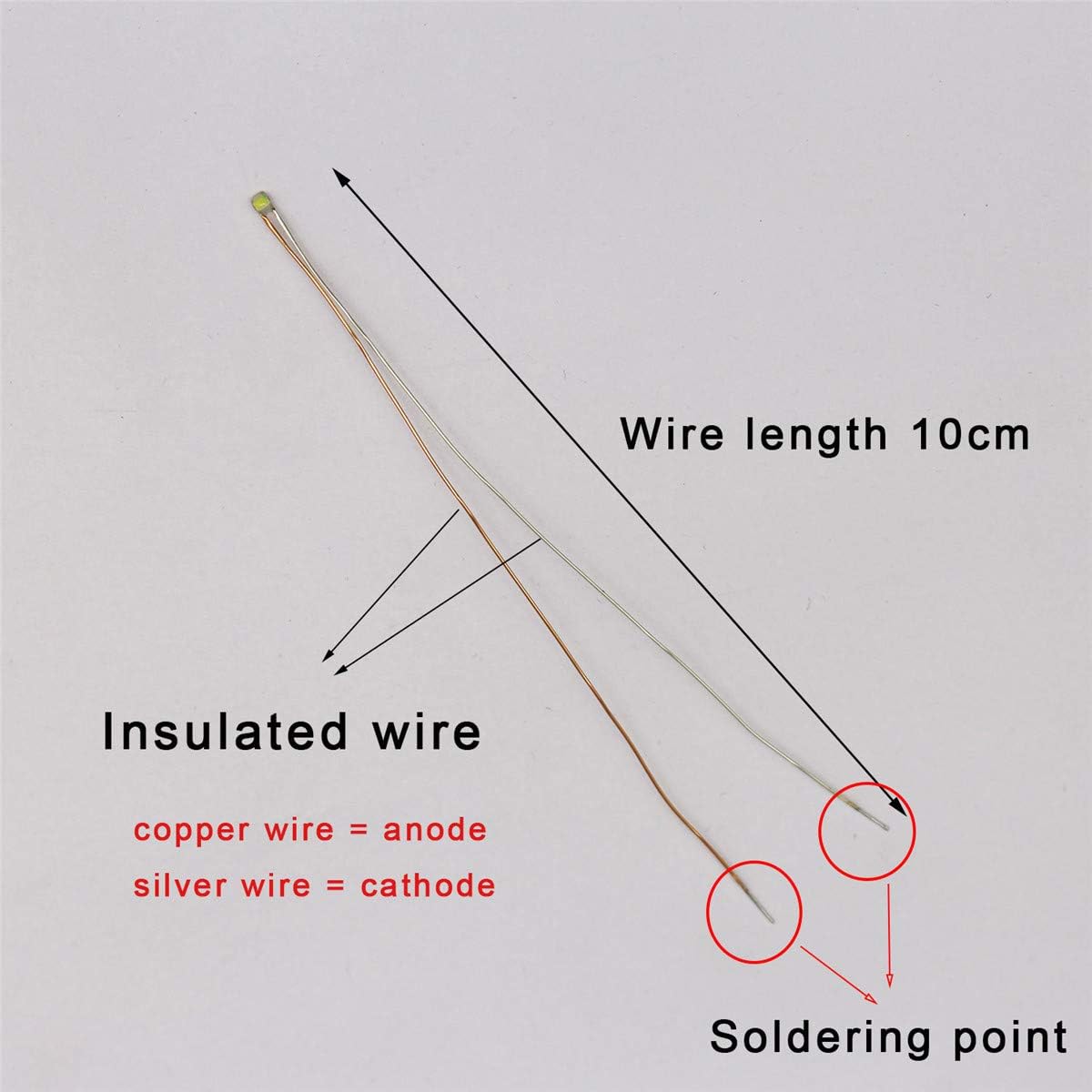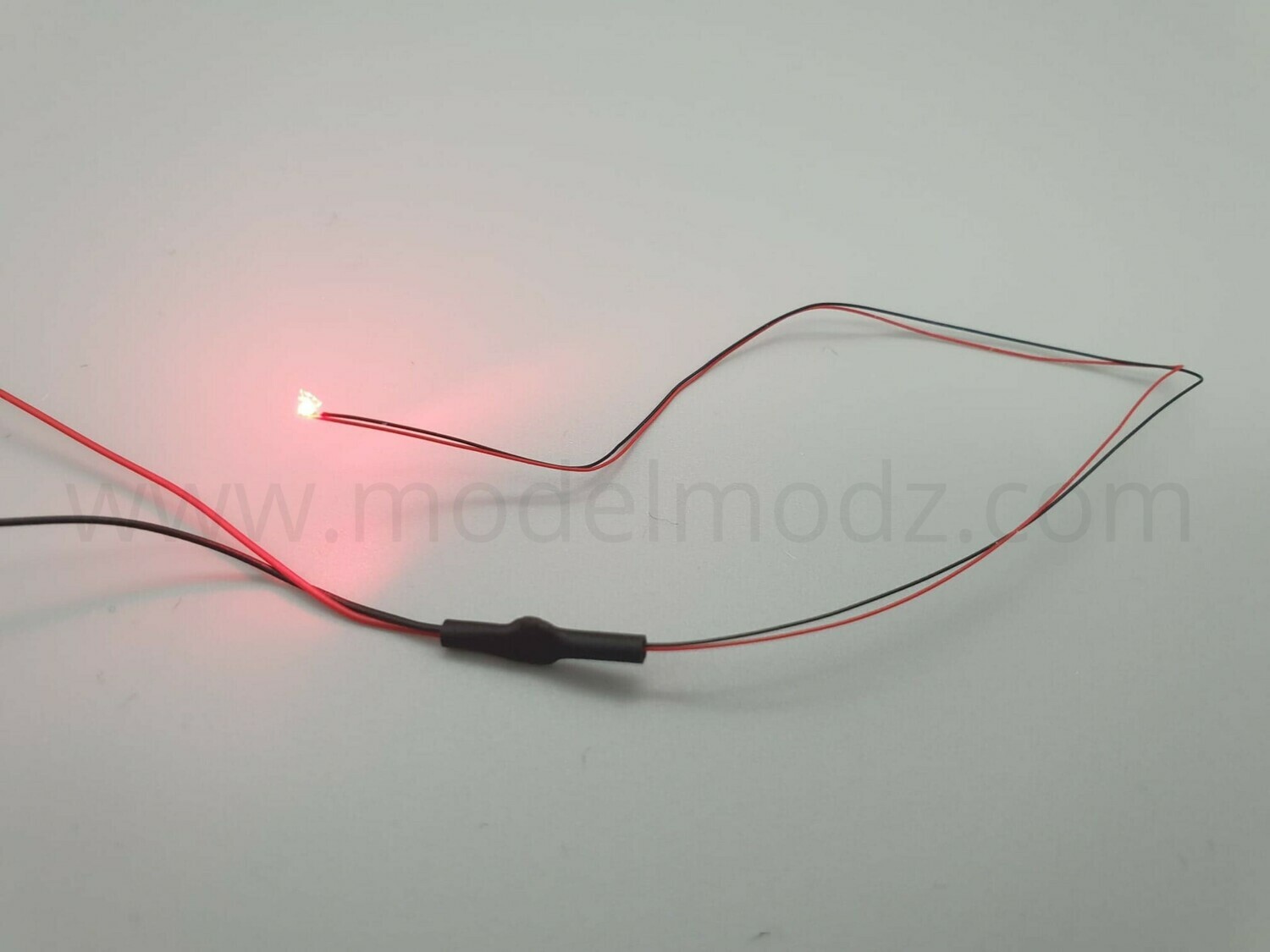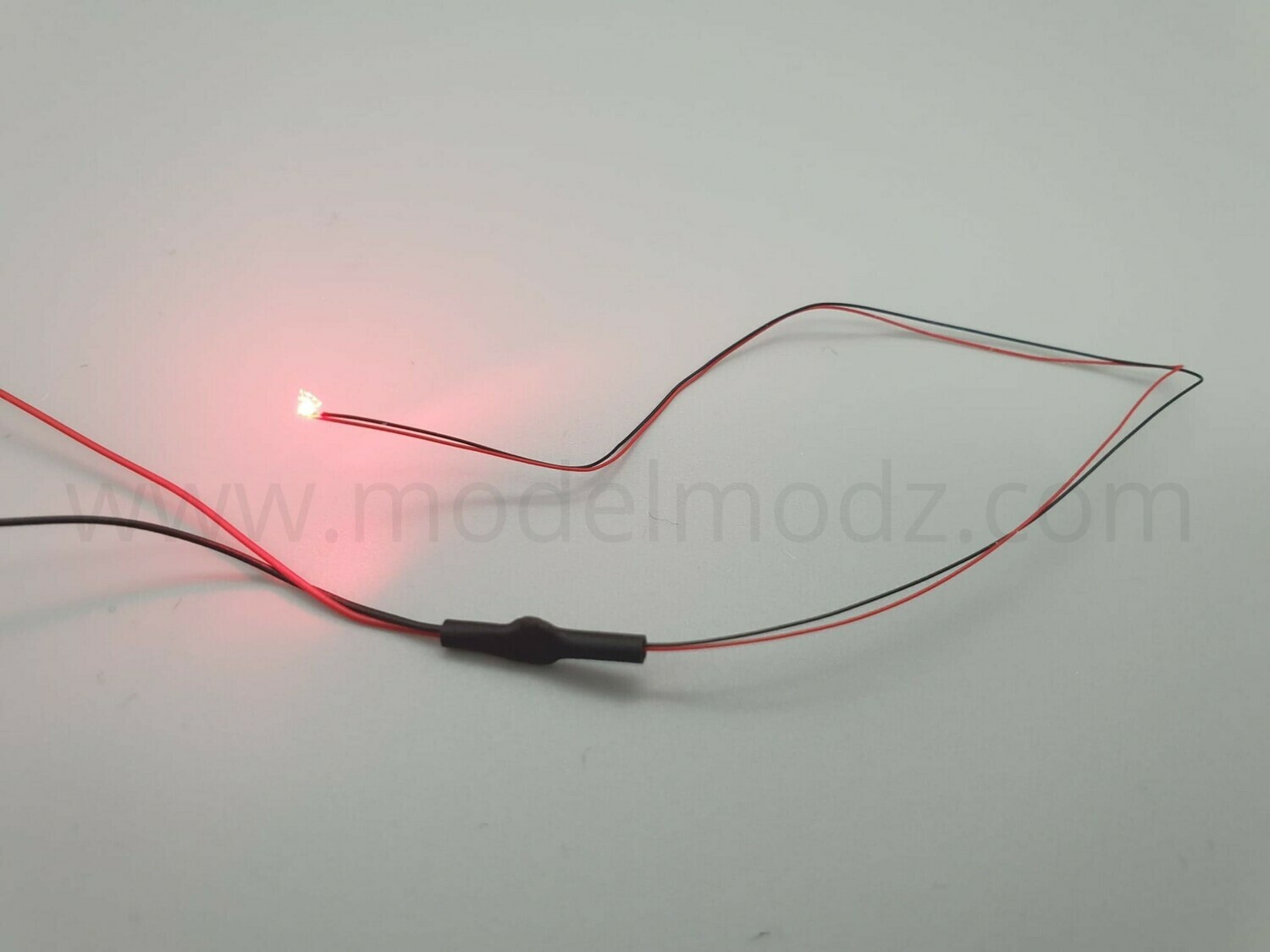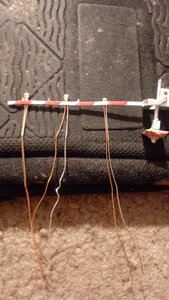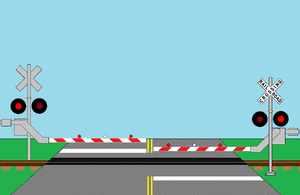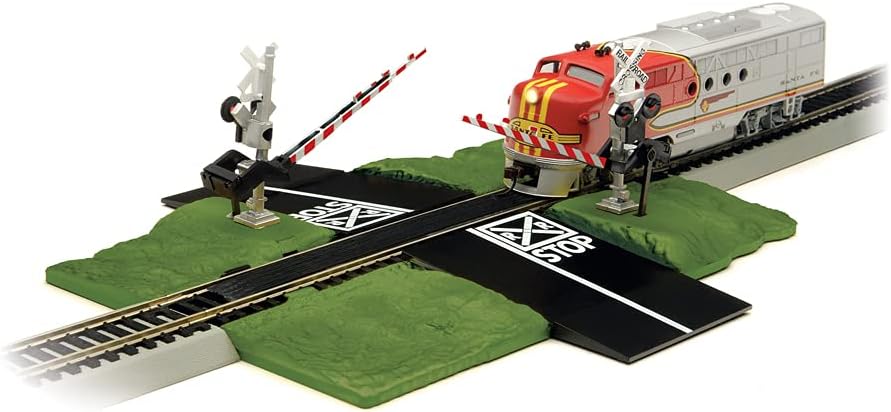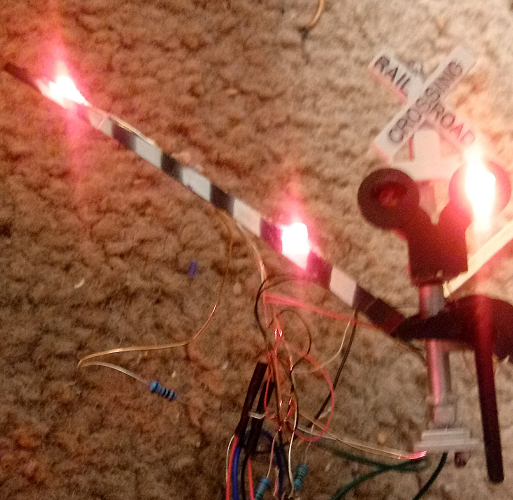HOScaledWill
Member
I'm thinking of switching from the Bowerful brand LEDs https://www.amazon.com/dp/B07P6L7P6V/ref=twister_B07P8RTKCF?_encoding=UTF8&psc=1
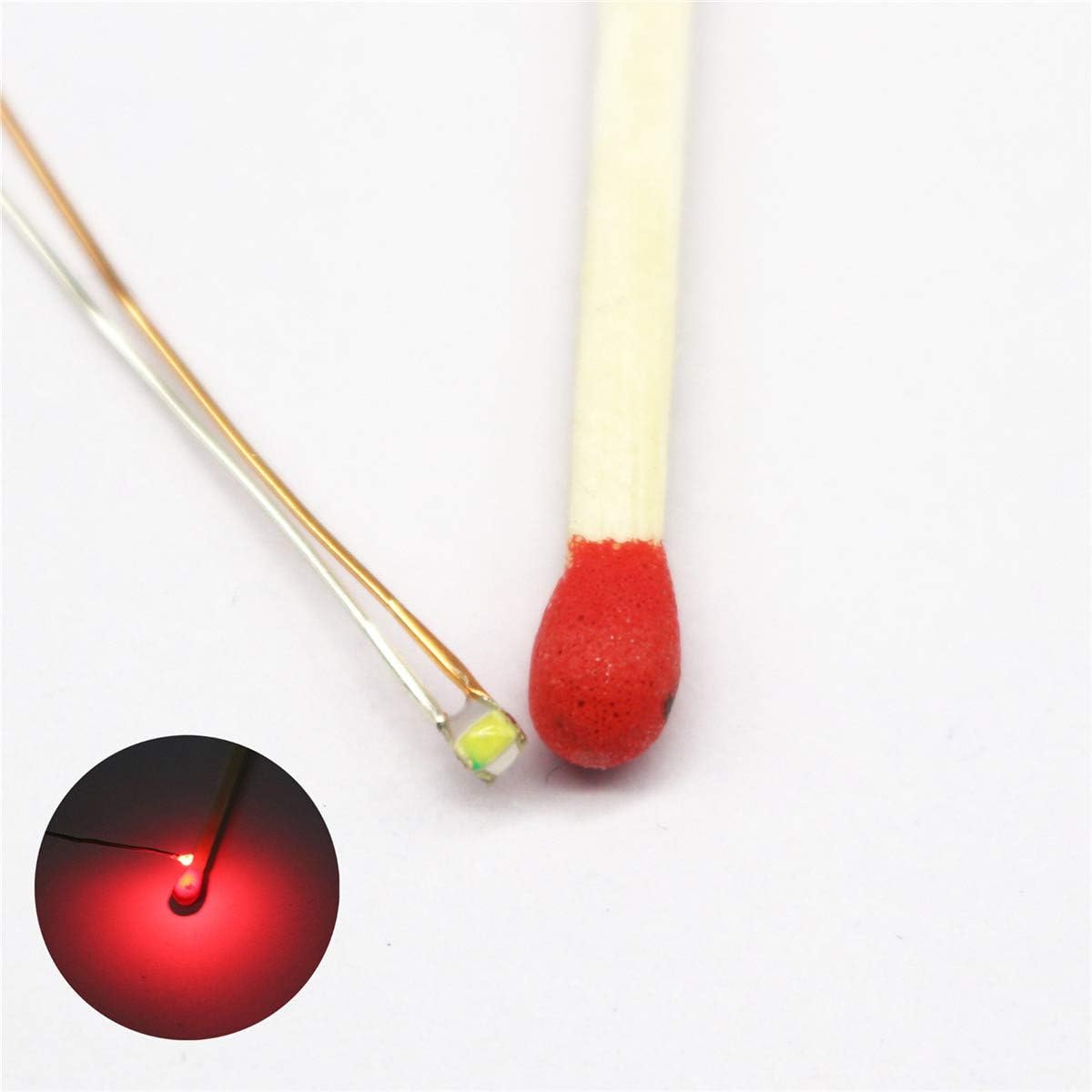
to these https://www.amazon.com/10pcs-prewir...ired+0603+red+led&qid=1626046835&s=hi&sr=1-14
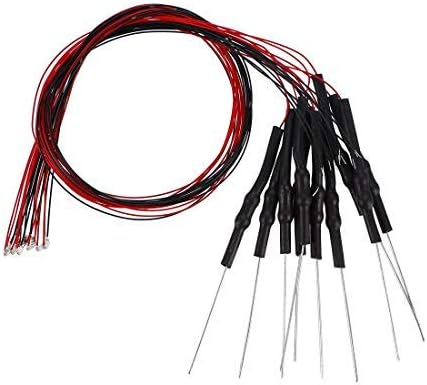
Or perhaps https://www.amazon.com/uxcell-Prewi...ired+0603+red+led&qid=1626046791&s=hi&sr=1-12
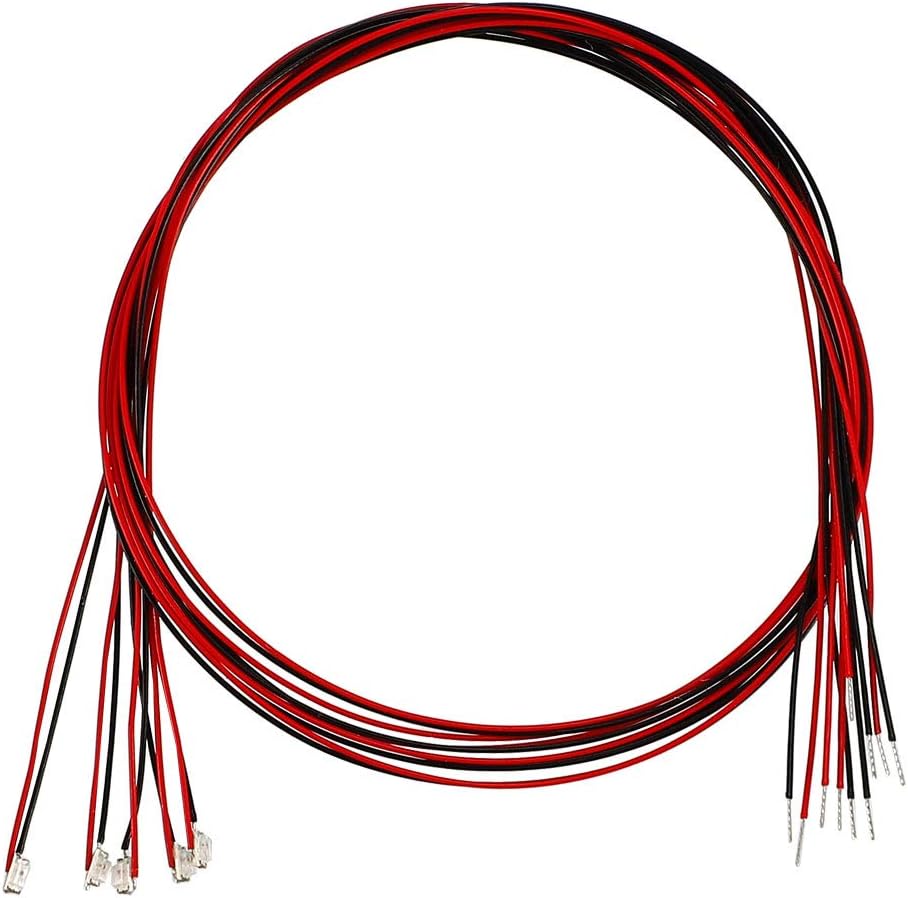
It's because the Bowerful-brand LEDs I've been using have not been working so well for me. I think one reason is the leads, though insulated, are metal and look more like bare wires, not rubber-covered wires like I hoped they'd be and like other wires I use, wires with easily peelable insulation. And when the metal leads touch each other though they are insulated, it causes my LEDs not to work the way I want them to, at least not completely and they malfunction. If my crossing gate arms are not positioned right and the arms are a bit short, the Bowerful LEDs will either not light up at all, light up dimly, or not light up right (for example, the light at the tip of the gate, which is supposed to stay on at all times, flashes.) My gate lights don't always work realistically or like they should. And I've been wrestling with my LEDs to make them work right. And many of them have burnt out and I've used my last one, and I had 25 of them! I've only lit five of my crossing gates including four of my NJI 1172 crossing gates. And I've had to switch out the LEDs, removing the out-of-service LEDs and putting in their place the good LEDs.
I don't think I'll be using the Bowerful-brand LEDs anymore and I recommend you don't either, at least not for HO crossing gates.
So I'm thinking of switching to the ones with the black and red covered wires you see above. I'd like to give those a try and see if they will work better and be more cooperative and less likely to malfunction or burn out too soon! I also want wires that are more flexible, easier to curve (the Bowerful LEDs had less easily bendable leads.) I would also like to see if they'll work with my Busch crossing signals instead like the Model Modz LEDs did (the Bowerful LEDs wouldn't unless my Busch crossbuck signals were disconnected from the flasher.) The Model Modz LEDs were smaller than I wanted them to be but at least they worked with my Busch signals!
If I could use these and they work with my Busch signals, I'll start using those, and I'll remove the LEDs currently on my gates and replace them with the black and red-covered lead LEDs seen above (I also won't have to order from Micro Modz again like I considered doing and it took more than a month to get LEDs from Model Modz, which is in London, U.K!) And hopefully if I ever get another set of Bachmann dual crossing gates, I can use such LEDs in the crossbuck signals, although I'll have to go with white LEDs, well it won't matter if they're white or LED though the crossbucks come with red lenses. And even after I remove the Bowerful LEDs from the gates, I do want to reuse the resistors they came with to save money, those resistors work real well!
May also need to keep browsing, because what if the LEDs I'm wanting to use don't work either? I already bought LEDs I was dissatisfied with and I don't want to keep investing in LEDs that don't work.
Also open to recommendations, including from other places besides Amazon, but they have to be specifically 0603 LEDs, those I still want to use!
Oh also, I'm planning to try 30 gauge wires, the 28 gauge do work and are thin but they're still a little too wide and I want to use thinner wires, may have to go with 32 gauge even!
Thanks for reading.

to these https://www.amazon.com/10pcs-prewir...ired+0603+red+led&qid=1626046835&s=hi&sr=1-14

Or perhaps https://www.amazon.com/uxcell-Prewi...ired+0603+red+led&qid=1626046791&s=hi&sr=1-12

It's because the Bowerful-brand LEDs I've been using have not been working so well for me. I think one reason is the leads, though insulated, are metal and look more like bare wires, not rubber-covered wires like I hoped they'd be and like other wires I use, wires with easily peelable insulation. And when the metal leads touch each other though they are insulated, it causes my LEDs not to work the way I want them to, at least not completely and they malfunction. If my crossing gate arms are not positioned right and the arms are a bit short, the Bowerful LEDs will either not light up at all, light up dimly, or not light up right (for example, the light at the tip of the gate, which is supposed to stay on at all times, flashes.) My gate lights don't always work realistically or like they should. And I've been wrestling with my LEDs to make them work right. And many of them have burnt out and I've used my last one, and I had 25 of them! I've only lit five of my crossing gates including four of my NJI 1172 crossing gates. And I've had to switch out the LEDs, removing the out-of-service LEDs and putting in their place the good LEDs.
I don't think I'll be using the Bowerful-brand LEDs anymore and I recommend you don't either, at least not for HO crossing gates.
So I'm thinking of switching to the ones with the black and red covered wires you see above. I'd like to give those a try and see if they will work better and be more cooperative and less likely to malfunction or burn out too soon! I also want wires that are more flexible, easier to curve (the Bowerful LEDs had less easily bendable leads.) I would also like to see if they'll work with my Busch crossing signals instead like the Model Modz LEDs did (the Bowerful LEDs wouldn't unless my Busch crossbuck signals were disconnected from the flasher.) The Model Modz LEDs were smaller than I wanted them to be but at least they worked with my Busch signals!
If I could use these and they work with my Busch signals, I'll start using those, and I'll remove the LEDs currently on my gates and replace them with the black and red-covered lead LEDs seen above (I also won't have to order from Micro Modz again like I considered doing and it took more than a month to get LEDs from Model Modz, which is in London, U.K!) And hopefully if I ever get another set of Bachmann dual crossing gates, I can use such LEDs in the crossbuck signals, although I'll have to go with white LEDs, well it won't matter if they're white or LED though the crossbucks come with red lenses. And even after I remove the Bowerful LEDs from the gates, I do want to reuse the resistors they came with to save money, those resistors work real well!
May also need to keep browsing, because what if the LEDs I'm wanting to use don't work either? I already bought LEDs I was dissatisfied with and I don't want to keep investing in LEDs that don't work.
Also open to recommendations, including from other places besides Amazon, but they have to be specifically 0603 LEDs, those I still want to use!
Oh also, I'm planning to try 30 gauge wires, the 28 gauge do work and are thin but they're still a little too wide and I want to use thinner wires, may have to go with 32 gauge even!
Thanks for reading.

